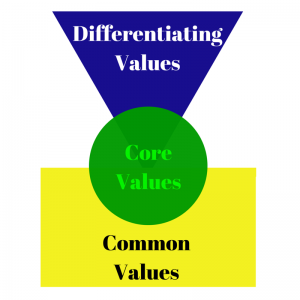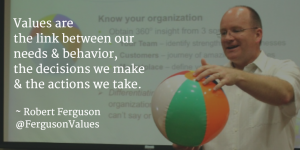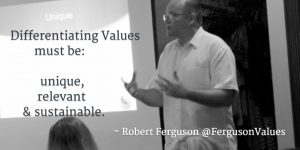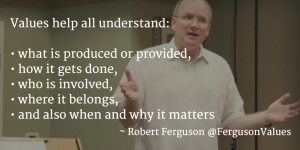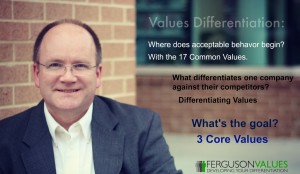Reflection – do you have the full picture?
“The unexamined life is not worth living” — Socrates
As you consider the New Year and make your plans, you may well be engrossed in a time of deep reflection.
What went well this past year? What didn’t go well? What did you enjoy? What didn’t you enjoy? If you could change one thing, what would it be? If you could improve one thing, what would it be?
John Maxwell writes in his book Thinking for a Change about the skill of Reflective Thinking. Here Maxwell wisely states “Reflective thinking turns experience into insight.”
Reflection is a powerful skill and one that effective leaders regularly embrace. It allows them to regain focus and ensure they stay on track – or get back on track – towards achieving their goals.
As a value, Reflection can be defined as contemplation; calm, lengthy, and intent consideration; chew over. The ability to contemplate, consider, and chew over is something that needs to be developed.
Questions for yourself, your marriage, your organization
On a personal level, the question can be asked: How well do you know yourself? Do you know your own strengths and weaknesses? What makes you unique? Have you identified and defined your differentiating values.
The same is true for married couples, where both individuals embrace the power of reflection. Do you fully know the areas of strengths in your marriage? Are you blind to the trouble spots? How would you describe your marriage to a counselor?
As a leader, the question can also be raised: How well do you know your organization? Do you have a clear sense of the good, the bad, and the ugly? Do you know specifically how you are helping or hindering success?
The challenge with reflection is that it tends to be one-sided. It’s only our own viewpoint.
An Enhanced View of Self
 When you look in the mirror, what do you see? Your view of yourself is limited to what the mirror shows you. Something is missing. You know there’s more – much more.
When you look in the mirror, what do you see? Your view of yourself is limited to what the mirror shows you. Something is missing. You know there’s more – much more.
During a time of sincere reflection it can be very helpful to consider an enhanced view of yourself that consists of three parts:
– How you see yourself.
– How others see you.
– How you think others see you.
It means engaging others to obtain their perspective.
This exercise helps you to understand who you really are. It can also be valuable when contemplating how to improve your marriage, or how as a leader you view your organization. There is always more to the story than you can see – alone.
A common application of this concept is used by police at the scene of an accident. The intent is to find out the truth, of what really happened, based on the observations of all witnesses.
You will tell your story, as you saw it. Others will tell the story as they saw it. And then the police may also ask you “what do you think the others saw?”
In the end, this process of obtaining different viewpoints helps the police to have a better understanding of the truth.
Truth in Reflection
In your efforts to plan a different – and better – year ahead, you also need to be truthful with yourself. What are your true strengths and weaknesses? What are your real assets and liabilities?
This requires seeking input from others. Yes, it takes work. And you might hear something you neither like nor agree with. The intent is not to simply accept this input as fact. Even your own viewpoint isn’t fact. The purpose is to obtain a more accurate perspective.
When you create a broader base of input for your time of reflection, then you will be contemplating with a much richer understanding of all experiences – to turn them into more relevant insight.
These, in turn, will help you plan a more fulfilling, rewarding, and meaningful year ahead.
How have you used the value of reflection?


